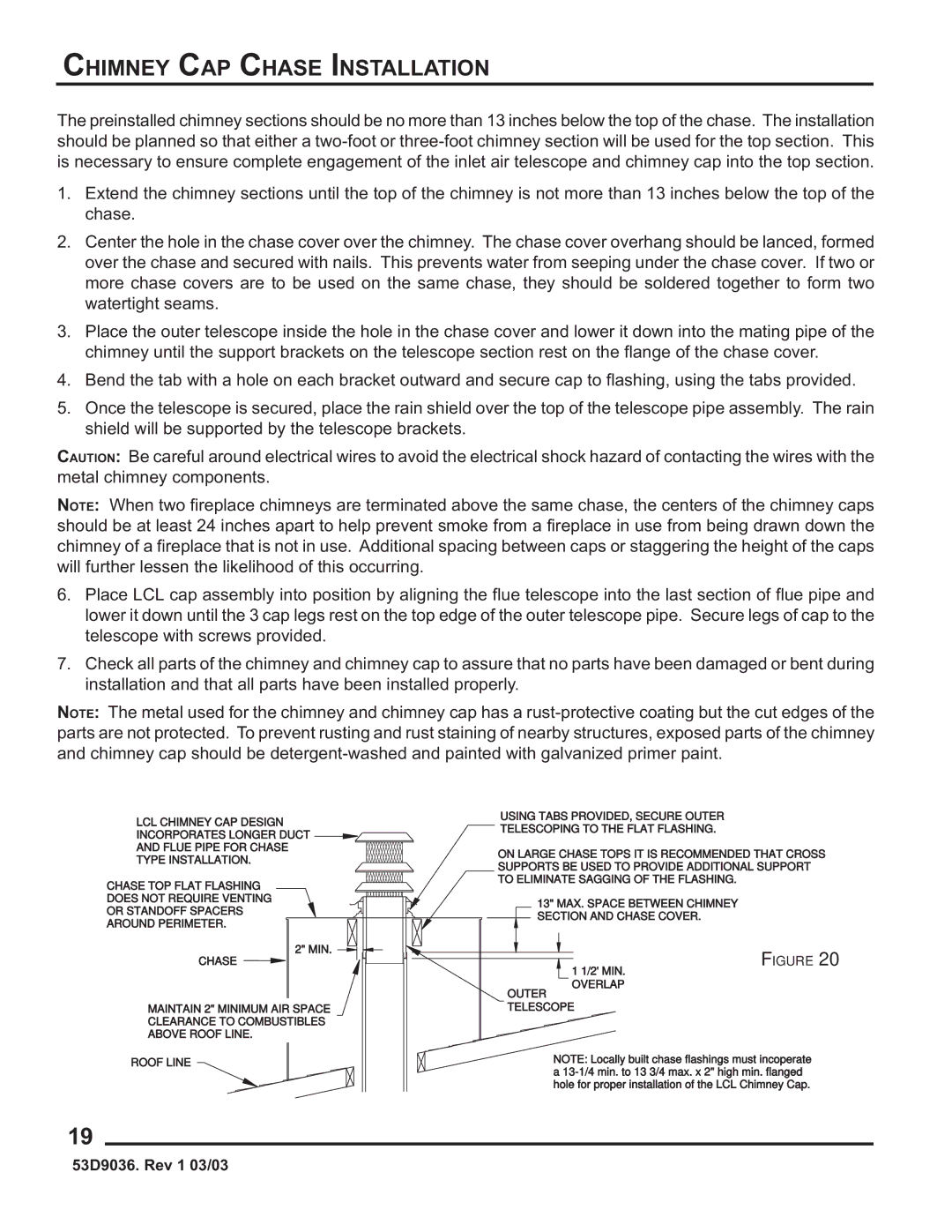HWB700HB specifications
The Monessen Hearth HWB700HB is a premier heating appliance that embodies both functionality and aesthetic appeal. Designed to provide efficient warmth during cold weather, this unit showcases an impressive array of features and technologies that make it a standout choice for homeowners.One of the most notable characteristics of the HWB700HB is its powerful heating capability. With a heat output of up to 33,000 BTUs, this unit can efficiently heat an area of up to 1,400 square feet, making it ideal for larger living spaces. The fireplace operates on natural gas or propane, providing flexibility in fuel choice and installation options.
The HWB700HB is equipped with a sophisticated burner system that utilizes Monessen's patented technology. This burner system creates realistic, natural-looking flames that enhance the overall ambiance of any room. The adjustable flame height feature allows users to customize the flame intensity to suit their mood and needs. This attention to detail in flame presentation sets the HWB700HB apart from traditional heating sources.
In addition to its aesthetic features, the Monessen Hearth HWB700HB is designed with efficiency in mind. It boasts a high-efficiency rating, ensuring that more heat is delivered to the room rather than escaping through the chimney. This results in lower energy costs and less environmental impact over time. The unit is also equipped with a variable speed blower, which helps to circulate warm air throughout the space more effectively.
Safety is another key aspect of the HWB700HB design. It features a reinforced steel construction for durability and a built-in safety shut-off feature that provides peace of mind. The glass doors are made from high-temperature ceramic material, allowing for a clear view of the flames while ensuring safe operation.
The Monessen Hearth HWB700HB also offers design flexibility. It can be seamlessly integrated into various home styles with its traditional or contemporary faceplate options. Whether you're looking to create a cozy ambiance in a rustic cabin or a sleek modern living space, the HWB700HB can meet your design needs.
Overall, the Monessen Hearth HWB700HB is a versatile and efficient heating solution that combines modern technology with traditional charm. Its powerful heating capacity, realistic flame presentation, energy efficiency, and thoughtful safety features make it an excellent choice for homeowners looking to enhance their living spaces.

